The Rise of 800V EV Architecture: Benefits and Constraints
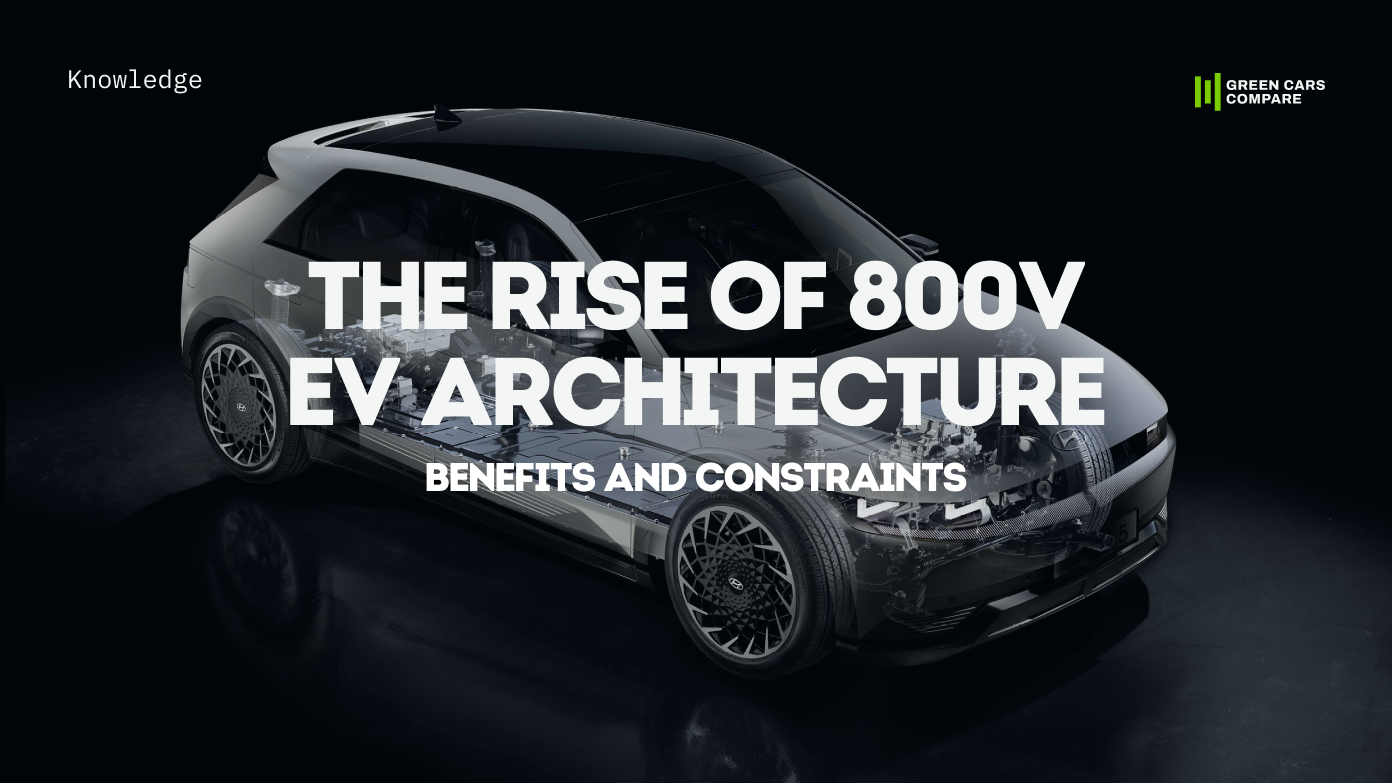
The electric vehicle (EV) market is evolving rapidly, with manufacturers constantly striving to improve range, performance, and charging times. One of the most significant advancements in recent years is the adoption of 800-volt (V) architecture. Compared to the traditional 400-volt systems, 800V technology offers several advantages, making it a game-changer for electric cars. So, what makes 800V so special?
Table of Contents
The Key Benefit: Faster Charging
The most compelling advantage of 800V architecture is significantly faster charging speeds. Here's why:
- Higher Voltage, Lower Current: With double the voltage of traditional 400V systems, 800V EVs can deliver the same power using half the current. This drastically reduces energy loss as heat, meaning more of that precious electricity goes straight to your battery.
- Compatibility with High-Power Chargers: 800V cars are designed to work with a new generation of super-fast charging stations capable of delivering hundreds of kilowatts (kW) of power. This enables significantly faster charging times, reducing charging stops fr om tens of minutes to just a few — rivaling the time it takes to refuel a traditional gasoline-powered car and eliminating a key barrier to EV adoption.
Curious about the numbers? Explore our EV Charging Calculator to compare the charging performance of 800V vehicles with 400V models.
More Benefits: Efficiency and Performance
Faster charging isn't the only benefit of 800V architecture. Here are some additional advantages:
- Improved Efficiency: Lower current flow translates to less energy wasted as heat, leading to a potential increase in overall vehicle range.
- Enhanced Performance: The ability to handle higher power allows manufacturers to equip 800V cars with more powerful electric motors, resulting in quicker acceleration and improved performance.
- Lighter Vehicles: The use of thinner cables and potentially smaller batteries (due to faster charging) can contribute to a reduction in overall vehicle weight, further improving efficiency and range.
Challenges and Considerations
The road to widespread 800V adoption isn't without its challenges:
- Limited Charging Infrastructure: Currently, the number of high-power charging stations compatible with 800V systems is still relatively low. However, this is expected to improve in the coming years as investment in charging infrastructure accelerates. Mirroring the smartphone market's shift to Type-C, limited infrastructure is a temporary hurdle in the face of growing adoption.
- Slower Charging on 400V Stations: One drawback of 800V architecture is the limited charging speed on 400V stations, which are still more prevalent. While cars like the Porsche Taycan can reach up to 350 kW on compatible 800V chargers, their speed is throttled back to 50–150 kW on 400V stations.
- Cost Considerations: 800V components can be pricier than their 400V counterparts, potentially impacting vehicle prices. However, as technology matures and economies of scale kick in, costs are expected to decrease.
- Battery Compatibility: Not all batteries are readily compatible with 800V systems. Battery technology is constantly evolving, and advancements in this area will be crucial for the wider adoption of 800V architecture.
800V Trailblazers: Automakers Leading the High-Voltage Race
Several trailblazing automakers have already embraced 800V technology, showcasing its real-world impact:
- Volkswagen Group: Volkswagen Group has been at the forefront of 800V architecture, as exemplified by the Porsche Taycan and Audi e-Tron GT, which combine rapid charging with thrilling performance. Porsche's Macan Electric, Audi's A6 e-tron, and Audi's Q6 e-tron expand this advanced system to new models.
- Hyundai Motor Group: Models like Hyundai Ioniq 5, Kia EV6, and Kia EV9, built on the advanced 800V E-GMP platform, deliver excellent range, innovative features, and ultrafast charging. For a premium option, Genesis offers the GV60, GV70, and G80 with similarly fast charging capabilities. Upcoming models like the Hyundai Ioniq 9 and Kia EV9 GT are set to expand this technology in 2025.
- General Motors: GM's 800V platform powers a range of models across its brands, including the GMC Hummer EV, GMC Sierra EV, and Chevrolet Silverado EV, setting new standards in electric truck capability with advanced charging speeds. In 2025, the luxurious Cadillac Escalade IQ SUV will join the lineup, offering the same high performance as GM's trucks but with a premium interior and more passenger space.
- Tesla: Currently, Tesla’s sole model with 800V architecture is the Cybertruck. This advanced technology delivers exceptional performance, allowing it to dominate on any terrain. The Cybertruck also boasts class-leading charging speeds, showcasing the potential of Tesla Supercharger V4 stations.
- Stellantis: Stellantis NV currently offers two premium 800V models: the Maserati GranCabrio Folgore and GranTurismo Folgore. The GranCabrio Folgore, notably, stands as the only luxury electric cabriolet available on the market, underscoring Stellantis’s commitment to exclusive, high-performance EVs.
- Chinese Car Brands: China’s automotive industry is at the forefront of innovation. Xiaomi's SU7 Max, built on 800V architecture, offers outstanding charging performance as the brand expands from electronics into vehicles. Xpeng’s G6 and G9 SUVs, built on the advanced 800V platform, offer impressive charging speeds of up to 280 kW and 320 kW, respectively. Additionally, Lotus Cars, under Zhejiang Geely Holding Group, also contributes with the Eletre SUV and Emeya liftback, both offering ultra-fast 800V charging.
- Lucid Motors: Lucid Motors leads the industry with its 900V architecture, powering the Air sedan and the upcoming Gravity SUV.
- Bugatti Rimac: Rimac has set benchmarks for power and speed in the EV world with its near-800V architecture. The Rimac Concept One, with its 650V system, was a trailblazer in 2010s. Today, the Rimac Nevera takes the lead with a 730V architecture and an extraordinary 1,914 horsepower output.
Want to see all cars with an 800V architecture? Visit our EV Catalog and apply the “Architecture” filter.
800 Volts and Beyond: The Future of Electric Mobility
The adoption of 800V architecture marks a groundbreaking step in electric vehicle innovation. Offering faster charging, enhanced efficiency, and the potential for superior performance, these systems are set to redefine the EV experience. As advancements in battery technology continue and charging networks grow, 800V systems are emerging as a cornerstone of the electric car revolution, driving us closer to a world wh ere EVs dominate the road.
Meanwhile, some automakers are already venturing beyond 800V. Companies like Lucid are pioneering 900V systems, unlocking even more impressive charging speeds and performance benefits.



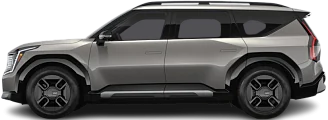
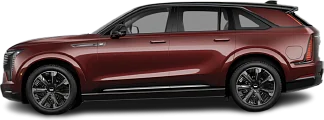

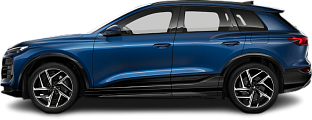
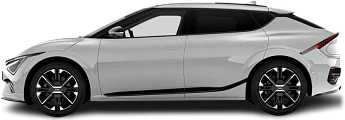


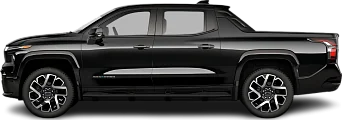

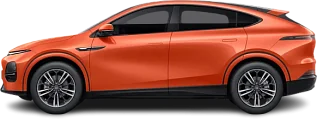
Discussion